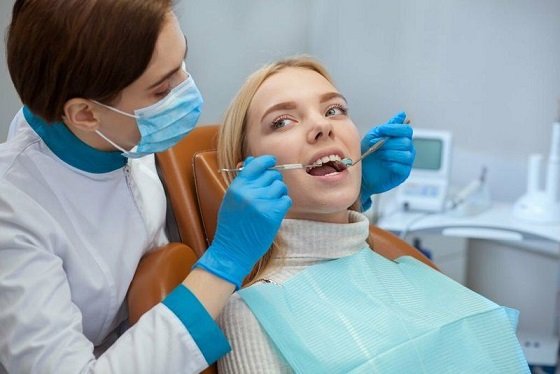In the fast-paced world of modern professionals, every minute counts. Amidst the hustle of deadlines, meetings, and business trips, an unexpected dental emergency can throw a wrench into the most meticulously planned schedules. However, with advancements in emergency dentistry and a strategic approach to managing oral health, professionals can minimize downtime and swiftly return to their demanding routines.
This article explores how modern professionals can navigate dental emergencies with minimal impact on their professional lives, leveraging the latest in dental technology and strategies for quick and effective solutions.
Understanding the Urgency: The Impact of Dental Emergencies on Professional Life
Dental emergencies are not only painful but also incredibly inconvenient, occurring at the most inopportune times. For professionals, the timing can be particularly troublesome, potentially leading to missed meetings, delayed projects, and a backlog of work. The immediacy of an emergency dentist appointment required for conditions such as severe toothache, chipped or broken teeth, or a lost filling can disrupt even the most rigid schedules.
Furthermore, the discomfort and potential appearance concerns associated with dental issues can significantly impact performance and self-confidence in professional settings. Securing an emergency dentist appointment swiftly can be a critical step in mitigating these disruptions and maintaining professional momentum.
Leveraging Teledentistry for Initial Consultations
One of the most significant advancements in minimizing disruptions is the rise of teledentistry. This technology allows professionals to consult with dentists remotely, saving precious time that would otherwise be spent traveling to and from a dental office. Through virtual consultations, dentists can assess the urgency of the situation, provide temporary solutions, and prescribe medication if necessary, all without the need for an in-person visit. This initial step ensures that when a physical appointment is essential, it is as streamlined and efficient as possible, focusing solely on the treatment needed.
Quick Fixes vs. Long-Term Solutions: A Strategic Approach
When facing a dental emergency, understanding the difference between quick fixes and long-term solutions is crucial for time management. Emergency dentistry often provides temporary solutions designed to alleviate immediate pain and prevent further damage, allowing professionals to quickly return to their responsibilities. Procedures such as temporary fillings, pain management techniques, and temporary crowns can serve as stop-gap measures until a more convenient time for comprehensive treatment is found.
However, relying solely on quick fixes without addressing the underlying problems can lead to recurring issues and potentially more significant downtime in the future. Thus, while leveraging immediate solutions, professionals should also plan for long-term care, scheduling definitive treatments at times that least interfere with their professional obligations. This balanced approach ensures that oral health is fully restored without unnecessary interruption to one’s career.
Scheduling Treatments to Fit a Busy Lifestyle
Efficiently managing dental care amidst a busy schedule requires foresight and planning. Many dental practices offer early morning, late evening, or weekend appointments to accommodate working professionals. Scheduling treatments during these off-peak hours can significantly reduce the need for time away from work. Additionally, discussing the expected recovery time and any potential side effects of treatment with your dentist can help in planning the least disruptive times for procedures.
Professionals should also consider the proximity of dental offices to their workplace or home when selecting a provider. Choosing a dentist who is conveniently located can drastically reduce travel time, further minimizing the impact on one’s schedule.
Preventive Measures: The Key to Reducing Emergencies
While not all dental emergencies can be prevented, adopting a proactive approach to oral health can significantly reduce their occurrence. Regular check-ups and cleanings allow dentists to identify and address potential issues before they become urgent, often at times that are convenient for the patient. Furthermore, investing in a good dental insurance plan or a dental savings plan can make preventive care more accessible and affordable, encouraging regular visits and timely treatment.
In addition to professional care, maintaining a robust daily oral hygiene routine is essential. Simple practices such as brushing twice a day, flossing, and using mouthwash can go a long way in preventing common dental problems that could lead to emergencies.
Conclusion
For the modern professional, time is a valuable asset that cannot afford to be lost to dental emergencies. By leveraging advancements such as teledentistry, understanding the balance between quick fixes and comprehensive care, and planning treatments around a busy schedule, professionals can effectively minimize downtime. Furthermore, adopting preventive measures in oral health care can reduce the risk of emergencies, ensuring that professionals can maintain their productivity and focus on their careers without the added stress of unexpected dental issues. In the dynamic world of professional life, integrating these strategies into one’s lifestyle not only preserves oral health but also protects one’s most precious resource: time.




